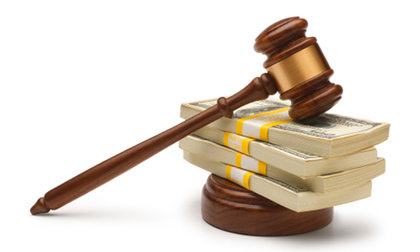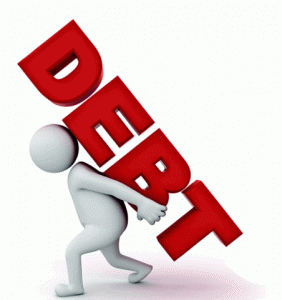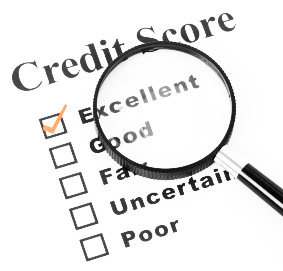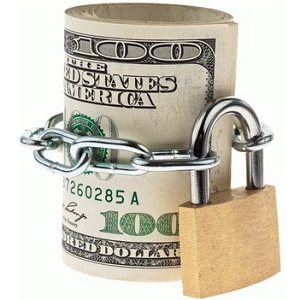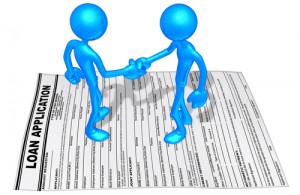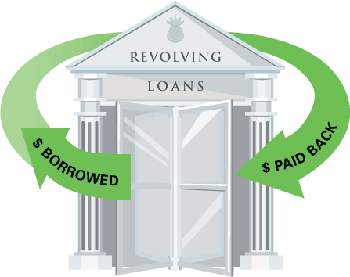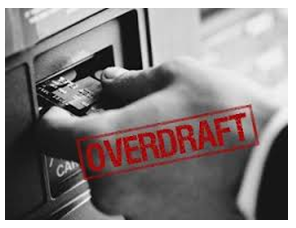You’re strapped for cash, up to your eyes in debts and in desperate need of some financial aid. What do you do? Taking out a personal loan might seem like a great solution to your problems where you will get a substantial influx of cash that you can do with as you please. Even better, unsecured personal loans mean that you don’t have to put up any assets as collateral thus if you do default on payments, the only thing suffering will be your credit history. Personal loans are often seen as an easy way out due to its fast approval and straightforward application process. However, before you go rushing off to apply for one, it is imperative that you know the consequences of getting a personal loan.
High Interest Rates and Payments
Unsecured personal loans tend to be riskier than other types of loans hence lenders will charge steeper interest rates. This also depends on the amount borrowed, loan tenure and most importantly your credit rating. Take note that the longer the loan length, the more interest you will have to pay. If you can afford to do so, try to get a shorter repayment period so that you won’t be paying more interest than necessary. Be sure to read all the fine prints and ask if there are any penalties for late payments so that your ability to make payments on time are not disrupted.
Lawsuits & Penalties if Default Occurs
Since a personal loan is not secured by any valuable assets, a borrower might think that they can get away with defaulting on payments with no repercussions. In the event of this situation, a creditor has the right to sue you in court where your assets might be taken into account and liquidated to repay your debts. The situation doesn’t get better either as you not only have to pay for late penalties and the original loan, there are legal fees as well. With all these happening, in the end there might be a blip on your otherwise solid credit report that will greatly impact your future financial status.
Limited & Lesser Loan Amount
When applying for an unsecured personal loan, there’s usually a certain limit that is set by lenders on the amount that can be borrowed. Lenders might be making a tidy profit by charging you interest on the loans but essentially it could all be in vain if the borrowers do not repay the principal amount. They might resort to other measures to get back their money but it is often a long and tiresome process which is why creditors will assess uncertainties carefully and limit any risks. That’s why it is necessary for lenders to check on your financial status, employment and credit score before approving your loan.
Mountains of Debts
There may be many reasons that a person needs to apply for a personal loan but one of the main reasons is due to unexpected financial issues that arise which needs to be solved as soon as possible. This means that the financial problem could not be resolved by your current monetary situation which suggests a deeper underlying problem. After taking a loan, it is best to look over your budget and savings to fully understand how to restructure it to be more beneficial to you. After all, if there happens to be another unfortunate financial problem, you might not be able to handle it as you are already in the midst of paying off your first loan.
Credit Rating Affects Everything
As mentioned previously, your credit score is really important to the creditors who will be approving the loan to you. Your interest rates and variable loan amount depends on this as well. There are lenders who will give out loans to debtors who have a poor credit rating but the terms will not be beneficial to them. Instead, the borrowers will receive a loan with a much lower principal and steeper interest rates in order for creditors to protect their own risks. Often, stricter terms are given so that they can secure their loans.
When all’s said and done, a personal loan can go either way, depending on your budget and repayment terms. You must ensure that you are disciplined enough to follow through on the loan schedule and make the repayment on times. Otherwise, the late fees and penalties will cause the loan to be even more of a burden to your financial situation. It is crucial that you take into consideration whether a personal loan will benefit you more in the long run or perhaps it will be better to look for other financial aid elsewhere.

